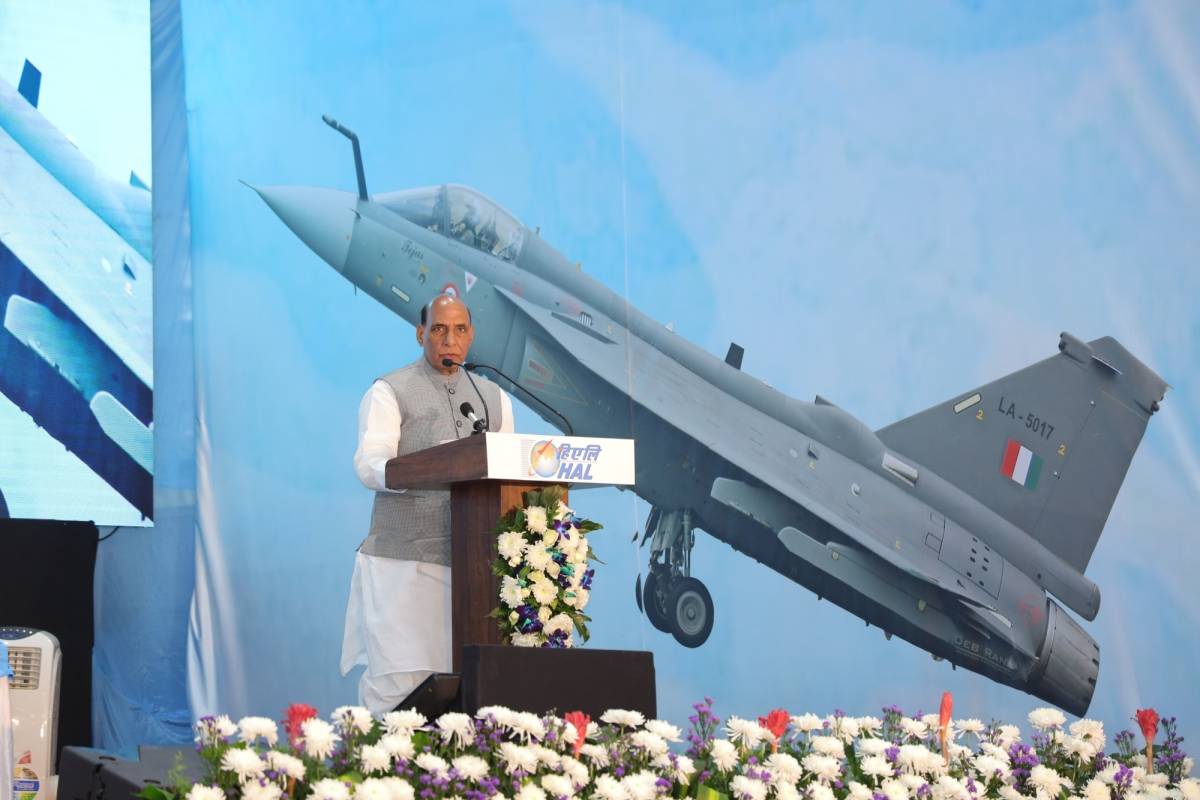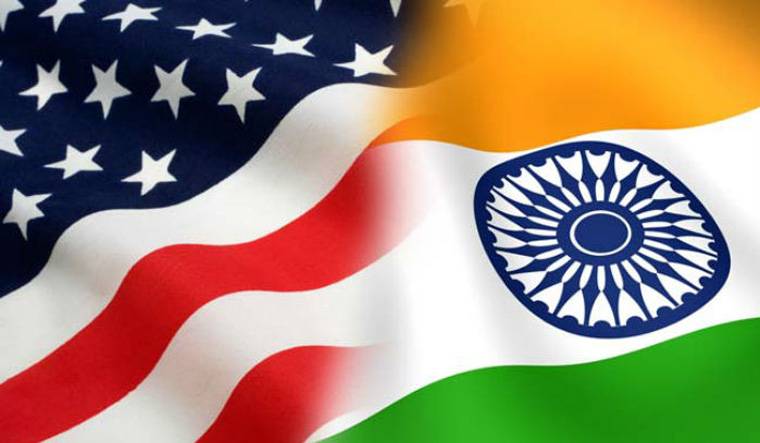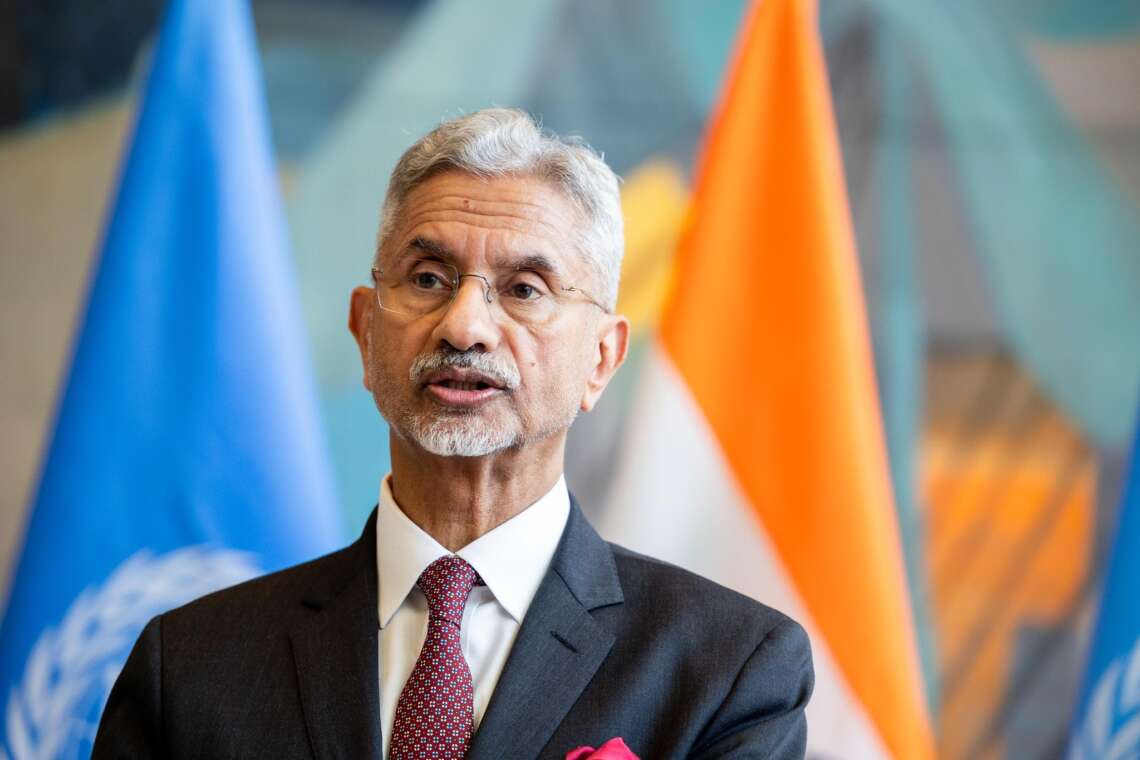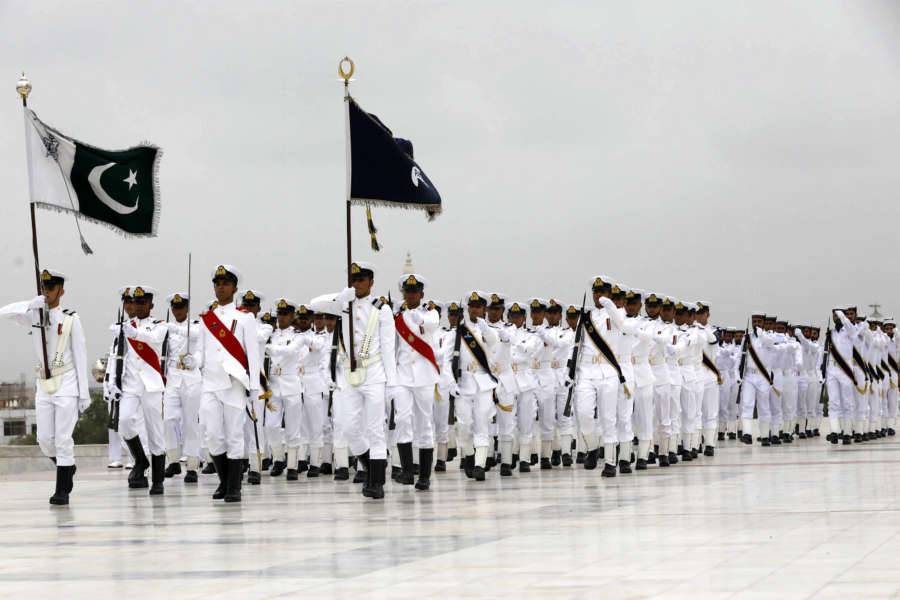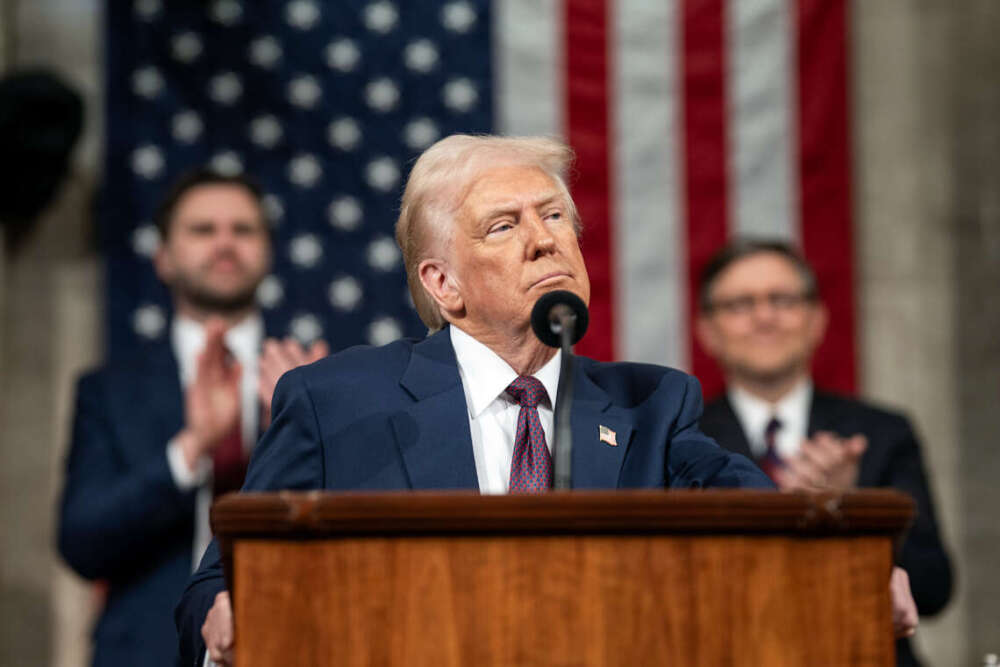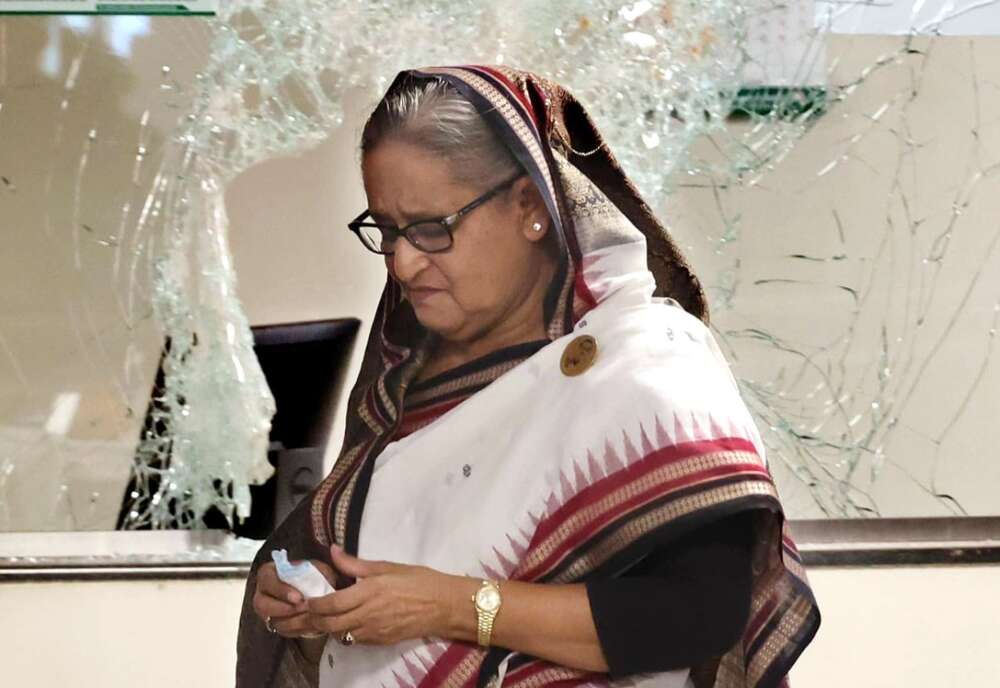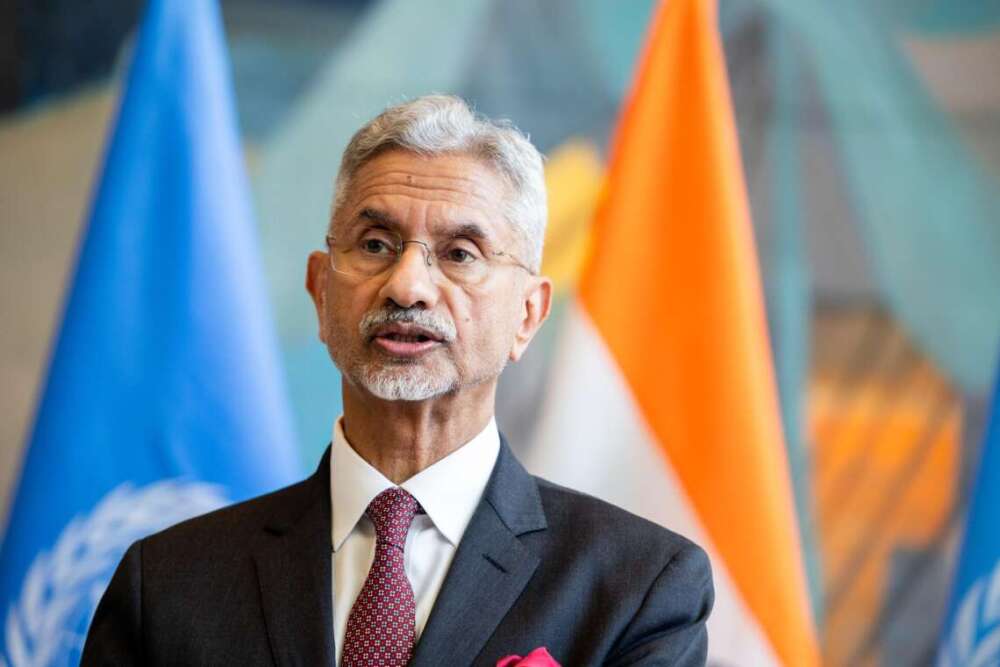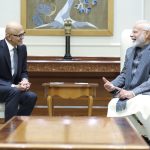Defence items being exported by India include missiles, the advanced light helicopter, offshore patrol vessels, personal protective gear, surveillance systems and a variety of radars.
India is all set to position itself as a global hub of manufacturing weapons, warships, planes and arms and ammunitions. It is steadily becoming self-reliant in the sector and the Union government is also giving the necessary impetus with proper budgetary allocation of funds.
According to Department of Defence Production, Italy, Maldives, Sri Lanka, Russia, France, Nepal, Mauritius, Israel, Egypt, UAE, Bhutan, Ethiopia, Saudi Arabia, the Philippines, Poland, Spain and Chile are India’s export destinations for defence items.
Developing economies find India an attractive destination given the quality of product and price range it offers.
India has spent 2.1 per cent of GDP on defence in 2021-22. In the Union Budget of 2022-23, Rs 5.25 trillion is allocated towards defence and there is a 19 per cent increase in defence capital expenditure in FY 2021-22.
India has 15 per cent share in global arms import.

The government’s constant push to become self-reliant in the defence manufacturing sector is bearing fruit and India along with manufacturing and reducing its dependence on only imports is also exporting defence equipment.
The value of exports of defence items, including major items in FY 2014-15 and 2020-21 was Rs 1,940.64 crore and Rs 8,434.84 crore respectively. The government has also spelt out its vision of achieving a turnover of $25 billion, including export of $5 billion in aerospace, and defence goods and services by 2025. In the fiscal ended on March 31, 2022, military equipment exports stood at Rs 11,607 crore ($1.54 billion).
ALSO READ: India still walking fine line on Ukraine-Russia war
Defence items being exported by India include missiles, the advanced light helicopter, offshore patrol vessels, personal protective gear, surveillance systems and a variety of radars.
India accounts for 3.7 per cent of the global military spending, making it the third highest military spender in the world. Under the Field Artillery Rationalisation Plan — 1,580 towed guns, 100 tracked guns and 814 mounted gun system will be required in India.
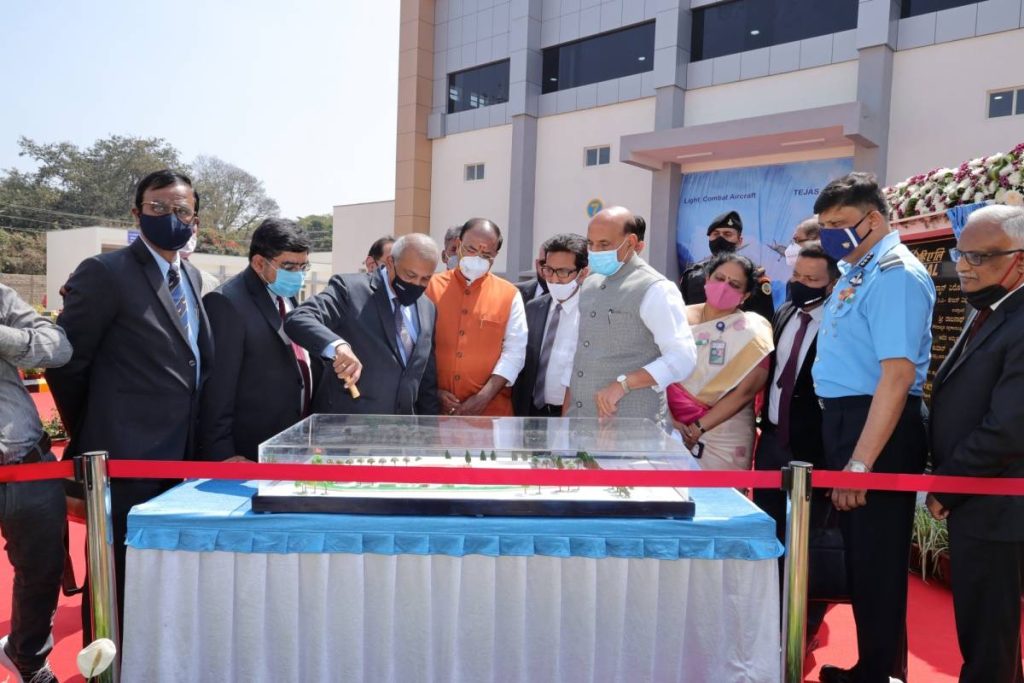
Government has issued a total of 568 defence industrial licenses to 351 companies. Out of these, a total of 113 companies covering 170 defence industrial licenses have conveyed commencement of production.
To provide a competitive advantage to the sector, Government of India changed the automatic route limit for FDI in the defence sector to 74 per cent; this will boost national security, self-sufficiency in product design, increase investments, income and employment.
In November 2021, Defence Acquisition Council boosted the ‘Make in India’ initiative by according Acceptance of Necessity– to capital acquisition proposals worth Rs 7,965 crore ($1.07 billion) — for modernisation and operational needs of armed forces.
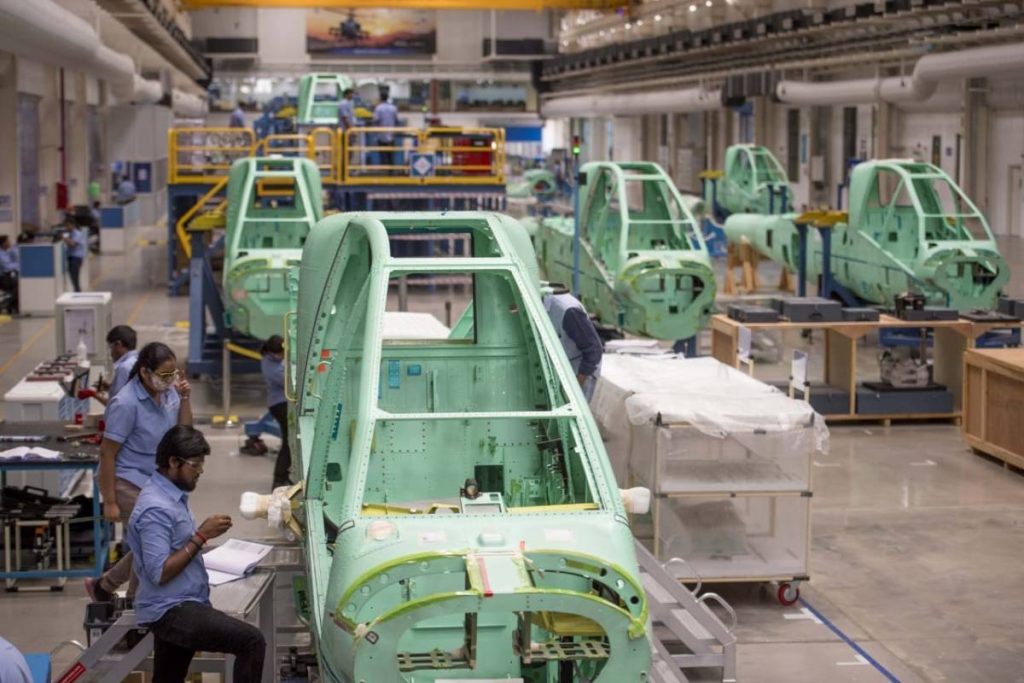
On October 15, 2021, Prime Minister Narendra Modi dedicated the seven defence public sector undertakings — created through the restructuring of the Ordnance Factory Board — to improve functional autonomy, efficiency, growth potential and innovation in the defence sector.
According to the India Brand Equity Foundation, India’s defence manufacturing sector has been witnessing a compound annual growth rate of 3.9 per cent between 2016 and 2020. Demand growth is likely to accelerate with rising concerns of national security.
According to Stockholm International Peace Research Institute Trends in International Arms Transfers, 2021, report published in March 2022, the volume of international transfers of major arms in 2017-21 was 4.6 per cent lower than in 2012-16, but was 3.9 per cent higher than in 2007-11. The five largest arms exporters in 2017-21 were the US, Russia, France, China and Germany. The five largest arms importers were India, Saudi Arabia, Egypt, Australia and China.
Between 2012-16 and 2017-21 Indian arms imports decreased by 21 per cent. Despite this, India was the world’s largest importer of major arms in 2017-21 and accounted for 11 per cent of total global arms imports in the period. Russia was the largest supplier of major arms to India in both 2012-16 and 2017-21, but India’s imports of Russian arms dropped by 47 per cent between the two periods as several large programmes for Russian arms wound down, the report said.
This combined with India’s increased efforts to diversify its arms supplier base meant that Russia’s share of total Indian arms imports fell from 69 to 46 per cent, it added.
To bolster defence manufacturing in the country, DRDO and Directorate of Defence Research and Development, Ministry of Defence, Israel, have entered into a Bilateral Innovation Agreement to promote innovation and accelerated R&D in startups and MSMEs of both countries for the development of dual-use technologies.

The Cabinet Committee on Security on March 30, 2022, approved procurement of 15 light combat helicopter limited series production at the cost of Rs 3,887 crore along with Infrastructure sanctions worth Rs 377 crore.
Light combat helicopter limited series production is an indigenously designed, developed and manufactured state of the art modern combat helicopter containing nearly 45 per cent indigenous content by value which will progressively increase to more than 55 per cent for SP version.
The success story of Indian private defence companies is ruling the roost and showing promising future for others. A few names include Larsen & Toubro, Bharat Forge, Tata and Bengaluru-based Dynamite Technologies.
Mahindra is manufacturing the ULH M77 guns in collaboration with Bae Systems. It also has a separate contract with Indian Navy to make submarine warfare suites.
The Ministry of Defence has also identified 18 major platforms for industry-led design and development.
The major international investors in India in the sector are Airbus, Bae Systems, Pilatus, Lockheed Martin, Boeing, Rafael and Dassault.


